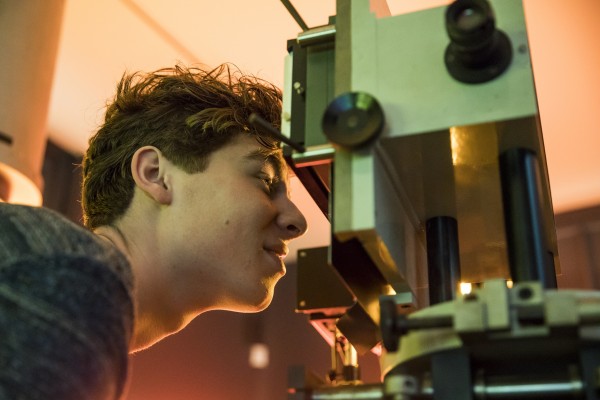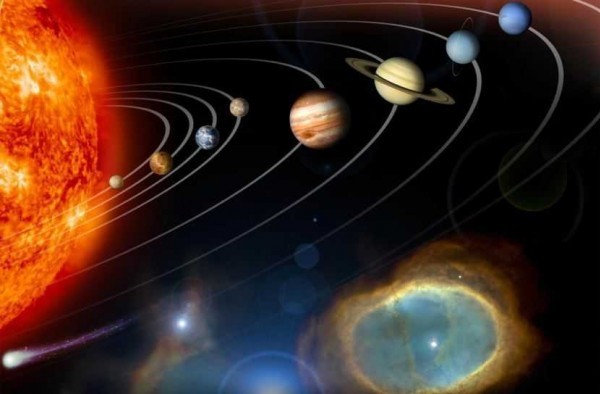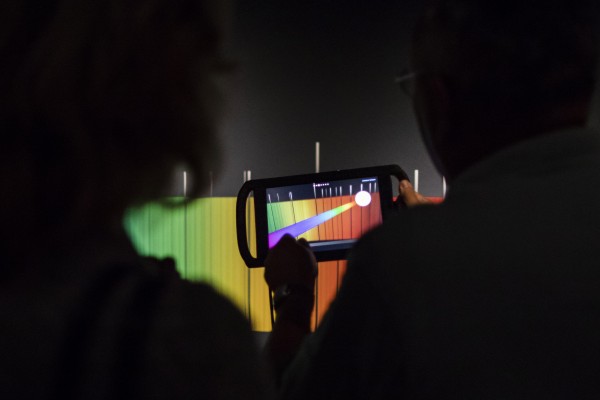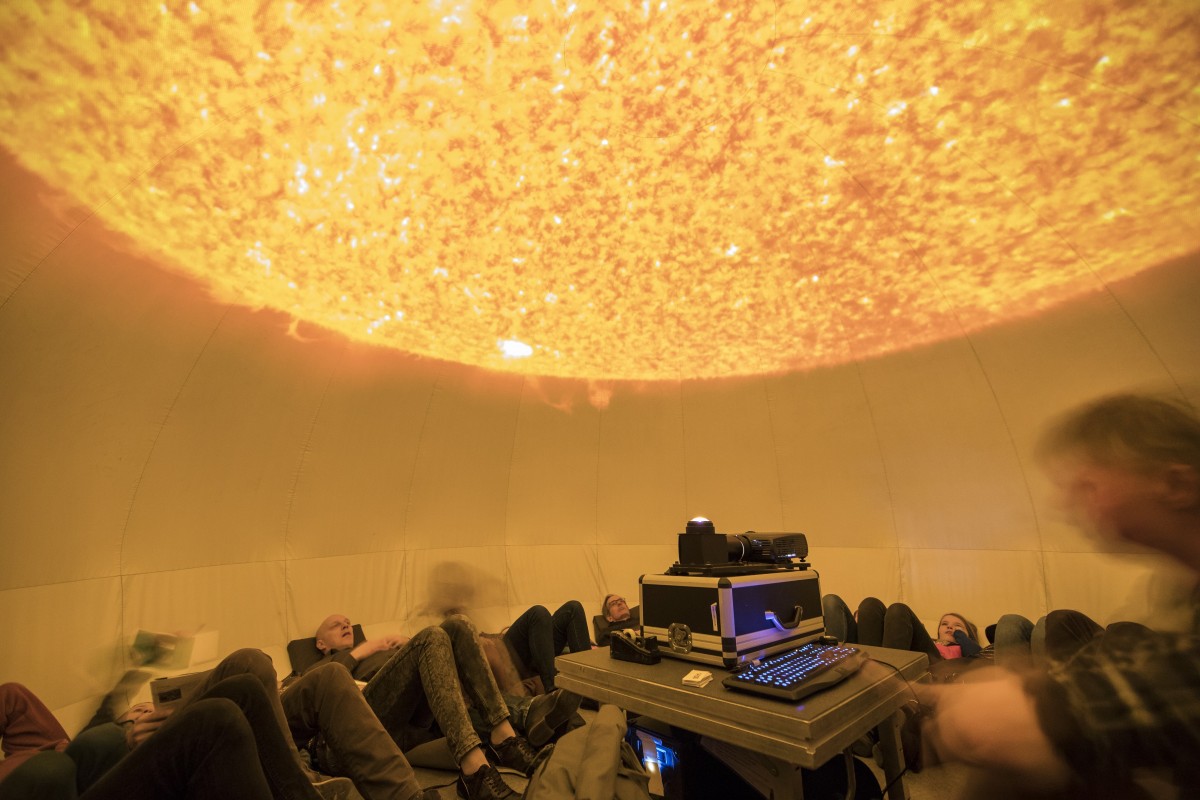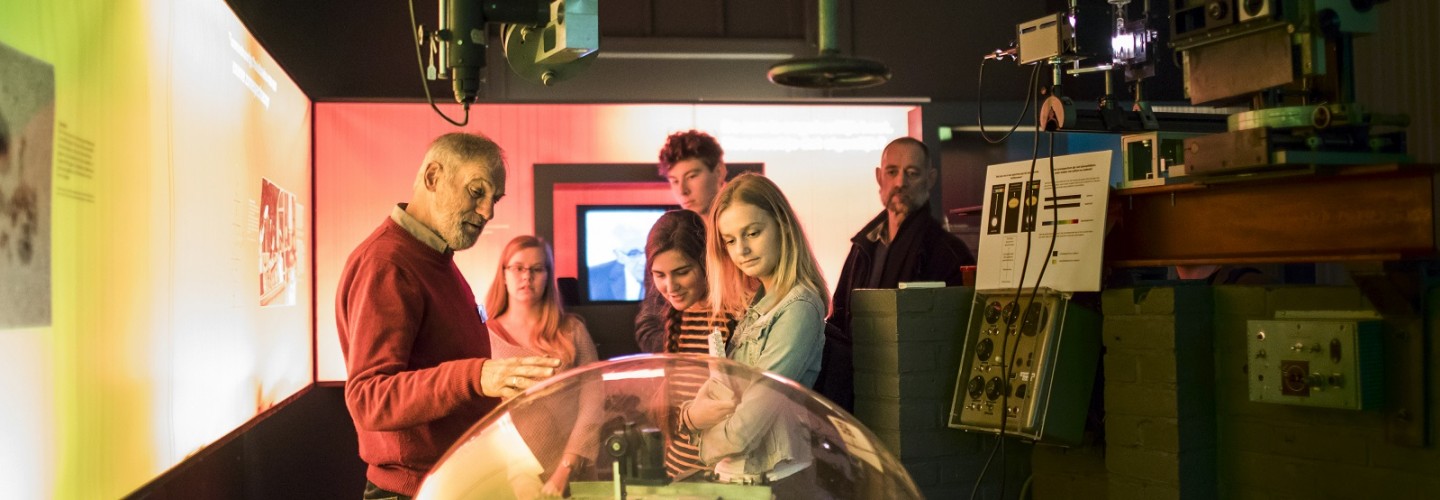
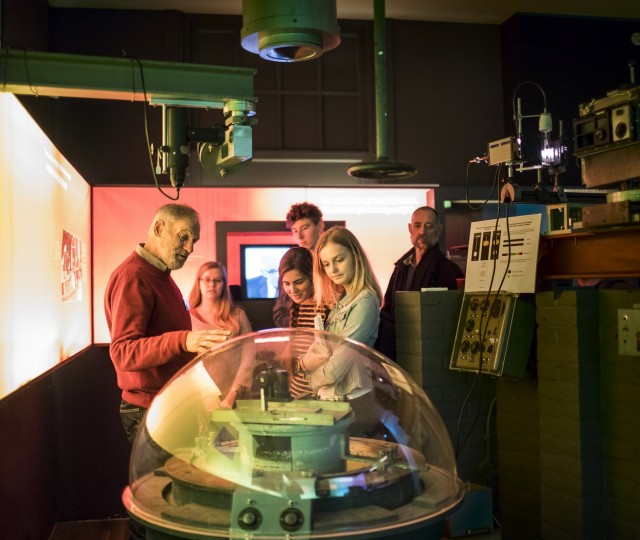
Secondary education
Sonnenborgh offers various class programmes on astronomy for secondary school students. Below are the ready-made programmes you can follow with your class at Sonnenborgh. There are three programmes that involve Sonnenborgh coming to the school. A customised programme is also possible and, as of May 2022, also for visually impaired pupils.
Stargazing
LOWER AND UPPER GRADES - A school visit in the dark! Telescopes and observing the sky take centre stage: through the telescopes in clear weather, or in the planetarium in cloudy weather. Depending on the position of the celestial bodies, students look at the moon, planets, nebulae or constellations. This evening programme can be booked from mid-October to the end of March.
Custom curriculum
LOWER AND UPPER GRADES - Sonnenborgh also offers tailor-made class programmes. This customisation often fits best with the material already covered and a teacher's requirements. Would you like a class on the solar research done at Sonnenborgh and its significance within astronomy? A class on meteorology at the place where KNMI was founded? Something else? Please feel free to contact us for consultation, so that your museum visit best suits your needs and the prior knowledge of the class. Sonnenborgh has many tactile and auditory teaching materials, making it excellent for providing a tailor-made class programme for visually impaired students.
At school: The solar system
LOWER GRADES - Introductory programme on astronomy. Together with an expert from Sonnenborgh, students go on an investigation. They extensively study the solar system and various astronomy research materials. After an exploration, students get to work on assignments on their own. Of course, there is always time to look through a real telescope.
At school: Spectra
UPPER GRADES - In-depth programme on the final exam topics spectra and the doppler effect. Together with an expert from Sonnenborgh, students discover more about these final exam topics. Through demonstrations, experiments and assignments with collection materials, students learn about these phenomena commonly used in space exploration.
At school: Planetarium show
The planetarium is a cinema in the shape of a hemisphere. On the inside of the sphere, you can see the universe projected. During a show, you can take a journey to planets, galaxies, gas nebulae and zoom in on the sun, moon or other celestial bodies as desired.
Sonnenborgh has a mobile planetarium which we use to visit schools. The inflatable dome can accommodate about 25 students and can be set up in auditoriums, gyms and canteens. Book a series of shows in succession to introduce multiple classes to the secrets of the universe. Note: unfortunately, we are currently fully booked in terms of planetarium shows. As soon as space becomes available again, we will indicate it here.
Booking, guidance & costs
To book a class programme, please contact our education department via 030 820 1420 or onderwijs@sonnenborgh.nl . School classes can also visit Sonnenborgh by appointment outside regular opening hours. In connection with booking guides, we request that you make a reservation at least three weeks in advance.
At the museum
- All class programmes at the museum cost €100,- up to 15 students and €200,- up to 30 students. Schools pay only the fee for the guided tour and no museum entrance fee.
- With each class programme in the museum, the group receives a guide from Sonnenborgh for every 15 students. In addition, the school provides one guide per group of 15 students.
At school
- Class programme of 1.5 hours: €190,-
- Extra class programme (1.5 hours) on the same day and location: €135,-
- Surcharge with transport by car (schools outside Utrecht): €95,-
Key objectives and working methods
- All class programmes last 1.5 hours.
- The programmes are suitable for all levels of education. Faces of the moon is intended for early grades, The solar system for lower grades, Spectra for upper grades. Stargazing and a tailor-made class programme can be booked for all grades.
- The class programmes align with the subjects of Geography, Physics and General Science.
